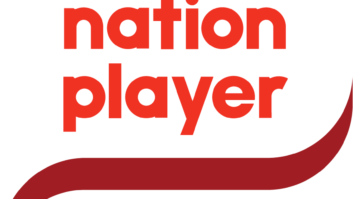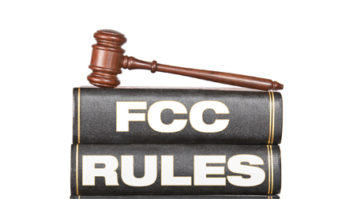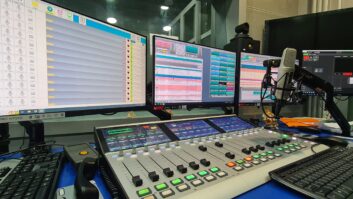LOS ANGELES � I happened upon information from French firmTDFthat I think will be of much interest to over-the-air broadcasters in France and the rest of the world.
The documentdescribes a recent test of what TDF is calling �B2M� or �Broadcast Multimedia Mobile.��Let�s parse out what it said, excerpted below and emphasis mine.�
�The key innovation of the B2M (Broadcast Multimedia Mobile) project lies interrestrial broadcasting for rich and varied digital content (e.g. press, catch-up TV and video on demand etc.) under real conditions to mobile devices such as smartphones or tablets, etc.�
TDF�s description of a recent test: �It is the first time that B2M mobile broadcasting has been tested anywhere in the world. The goal was tobroadcast from the Eiffel Tower electronic press, magazines, films, catch-up videos and podcasts, as well as live TV and radio, to mobile devices such as smartphones or tablets.
�The B2M prototype consists of the following items:
- A 9-inch Android tablet equipped with an integrated broadcast receiver so as to receive B2M data streams.
- A specific operating system (B2M Player) allowing the end-user to look up the contents catalogue in a very user friendly fashion and then to read or view the content.
- Specific software (called intergiciel B2M) installed on the tablet enabling it to properly receive, decode, organize and store the B2M data streams.
- A network that transmits the B2M data streams.
- A specific services platform designed to program the broadcast cutting and content transmissions so as to ensure ideal reception. Currently the prototype is able to transmit around 4 GB of data a day, in addition totwo live TV streams and ten radio streams, to any reception device. The prototype is configured to store and transmit at any time around 8 GB of data.
�The prototype illustrates the advantages of terrestrial broadcasting in a constantly evolving digital world. B2M is designed to satisfy the growing market demand for mobile content broadcasting, and in particular to meet the challenge to broadcast data atlow cost, high quality and rapidly. B2M enables mobile operators to reduce data traffic by off-loading peak audience content to a broadcasting network. B2M also meets the growing public demand for mobile digital content by providing a superior viewing quality and experience for the customer. Furthermore, catch-up viewing will be dramatically improved by immediate access to the content via ‘push’ transmission, on which B2M is based.�
I think this technology bodes well for over-the-air broadcasters that control their own spectrum.
What TDF appears to have done here is to transmit, in the familiar one-to-many fashion, a lot of data � data that usersto date have�been downloading via the mobile networks, wasting a lot of precious network resources. By offloading this data to the B2M transmitter, and storing it on the device for later use, TDF appears�to have provided a benefit to mobile users and mobile operators alike. ��
�












